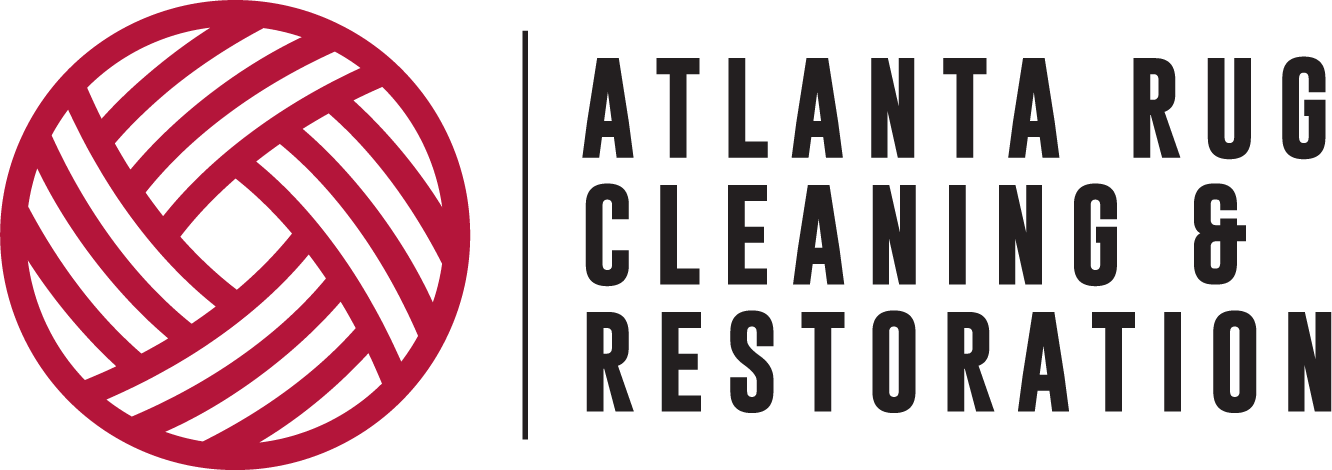There is a reason why handmade rugs are superior to machine made rugs. Weaving rugs by hand is truly an art – one that has existed for thousands and thousands of years! Below is an outline of the labor intensive process of making a handmade Persian Rug.
1. Preparation
The first step in making a Persian rug is to prepare the materials. This includes:
- Wool: The wool used to make Persian rugs is typically from sheep that are raised in the mountains of Iran. The wool is first washed and then carded, which means that it is combed to remove any knots or tangles.
- Dye: The dye used to color Persian rugs is typically made from natural materials, such as plants, insects, and minerals. The dye is first ground into a powder and then mixed with water to create a dye bath.
- Weaving loom: The weaving loom is the frame on which the rug is woven. It is typically made of wood and has a number of vertical and horizontal bars. The vertical bars are called the warp and the horizontal bars are called the weft.
2. Design
The next step is to design the rug. The design is typically created by a master weaver who is skilled in drawing and painting. The design is then transferred to the weaving loom using a grid system.
3. Weaving
The weaving process begins with the weaver tying a knot in the warp threads. The knot is then wrapped around the next warp thread and tied again. This process is repeated over and over again until the rug is complete.
4. Finishing
Once the rug is woven, it is finished by trimming the ends of the wool and washing it. The rug is then stretched on a frame and dried.
5. Finishing touches
The final step is to add the finishing touches to the rug. This may include trimming the fringe, adding a border, or washing the rug again.
The process of making a Persian rug is a long and labor-intensive process. It can take several months or even years to complete a single rug. However, the end result is a beautiful and unique work of art that can be enjoyed for generations to come.
